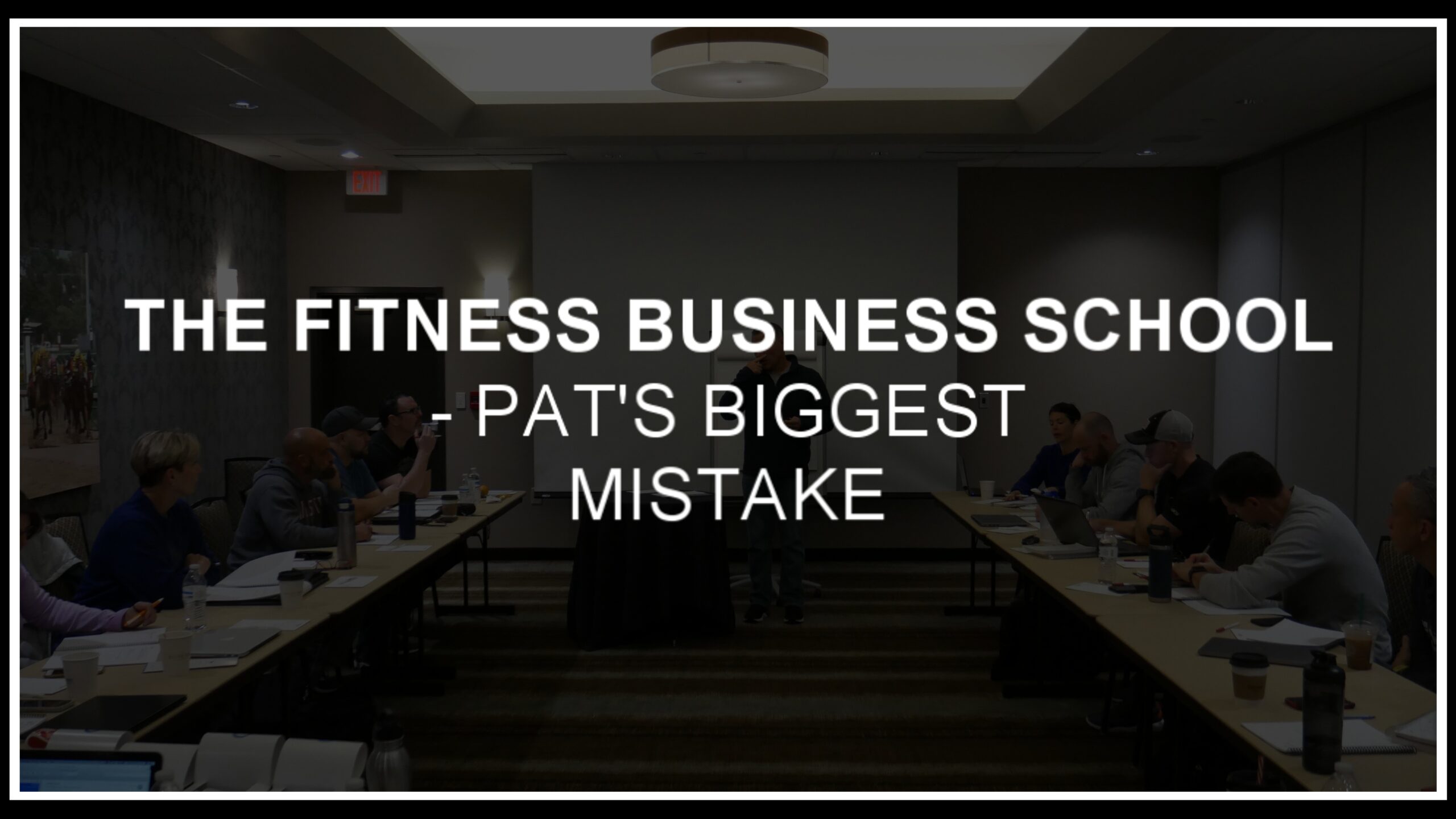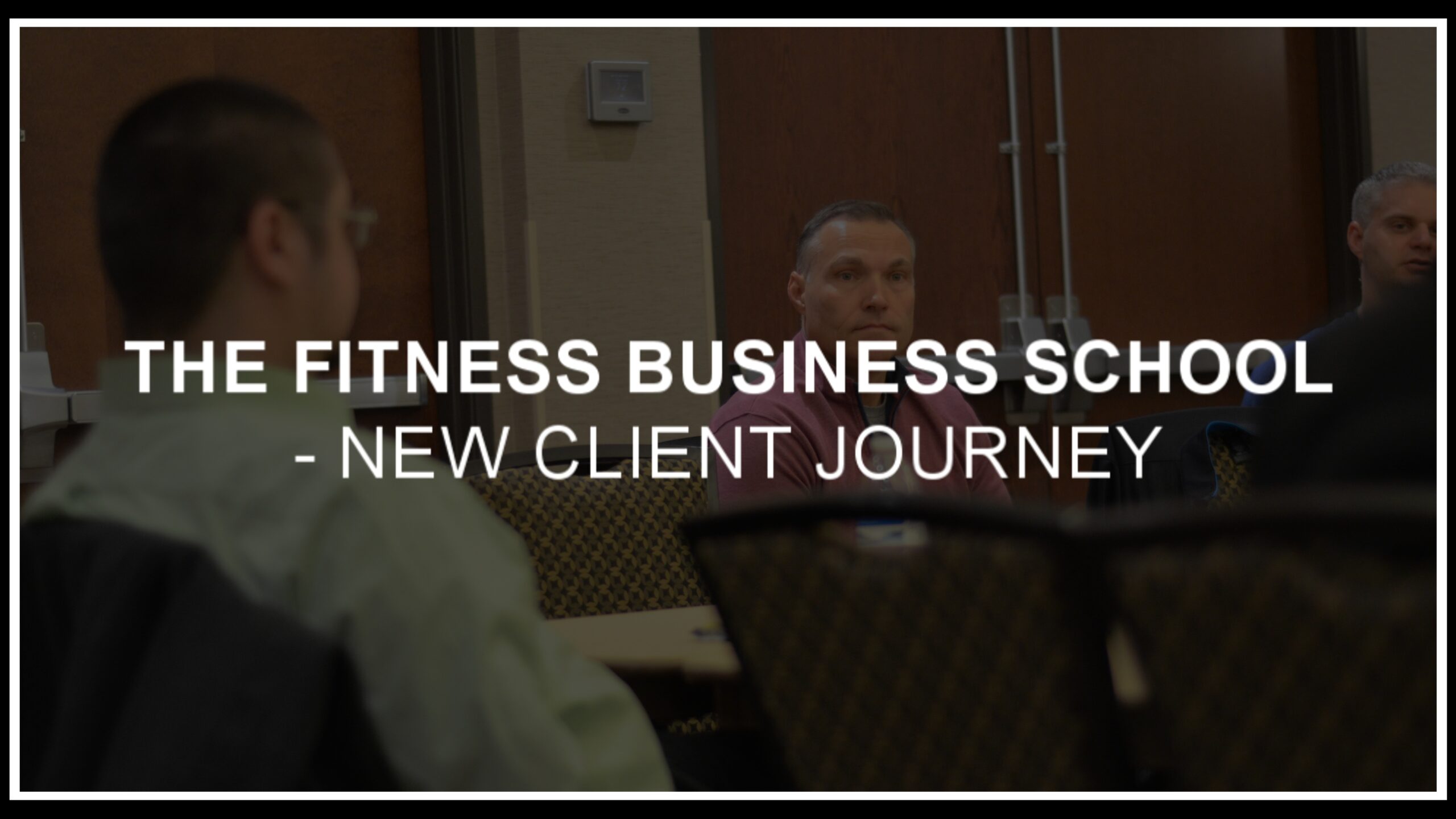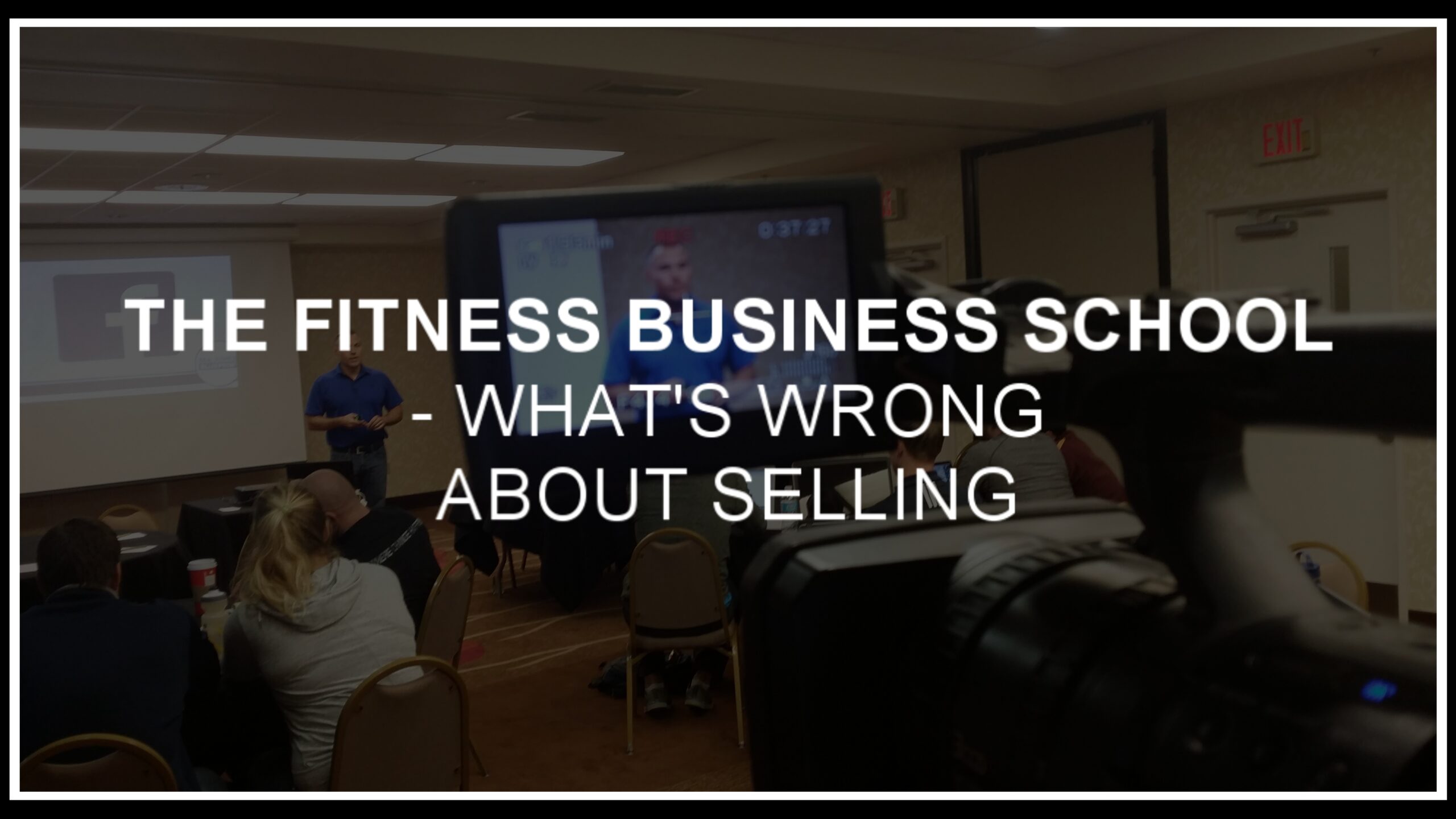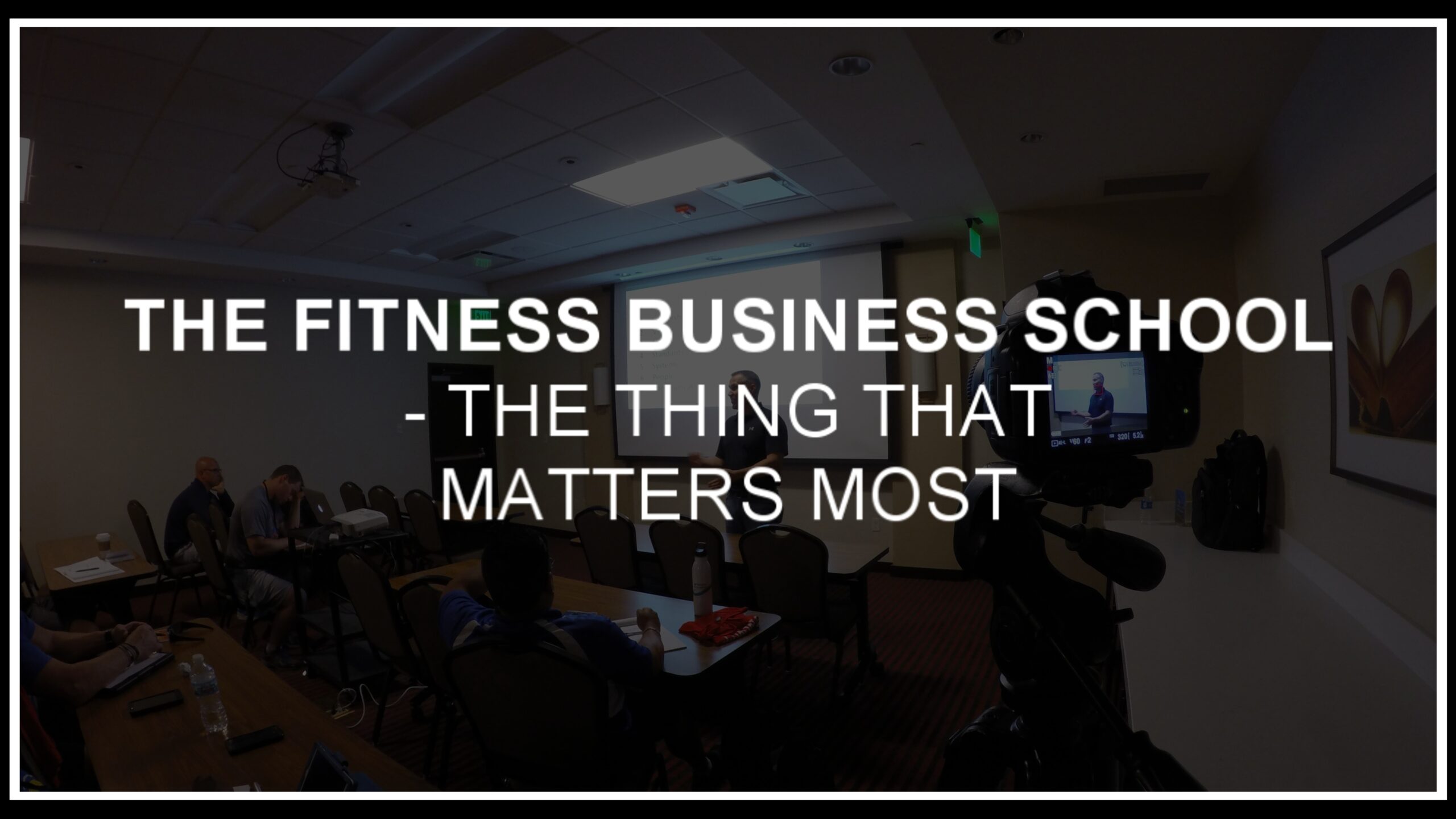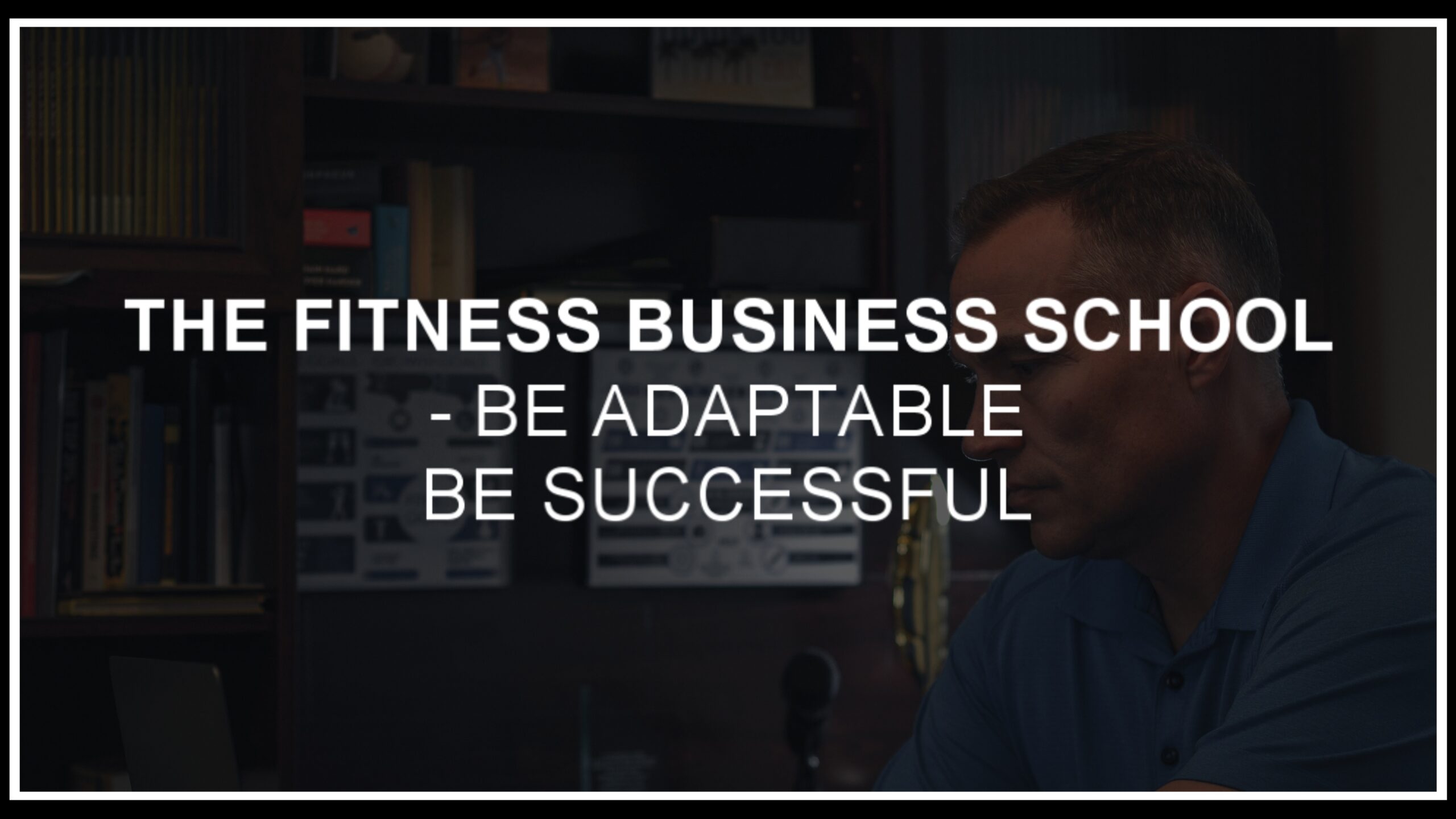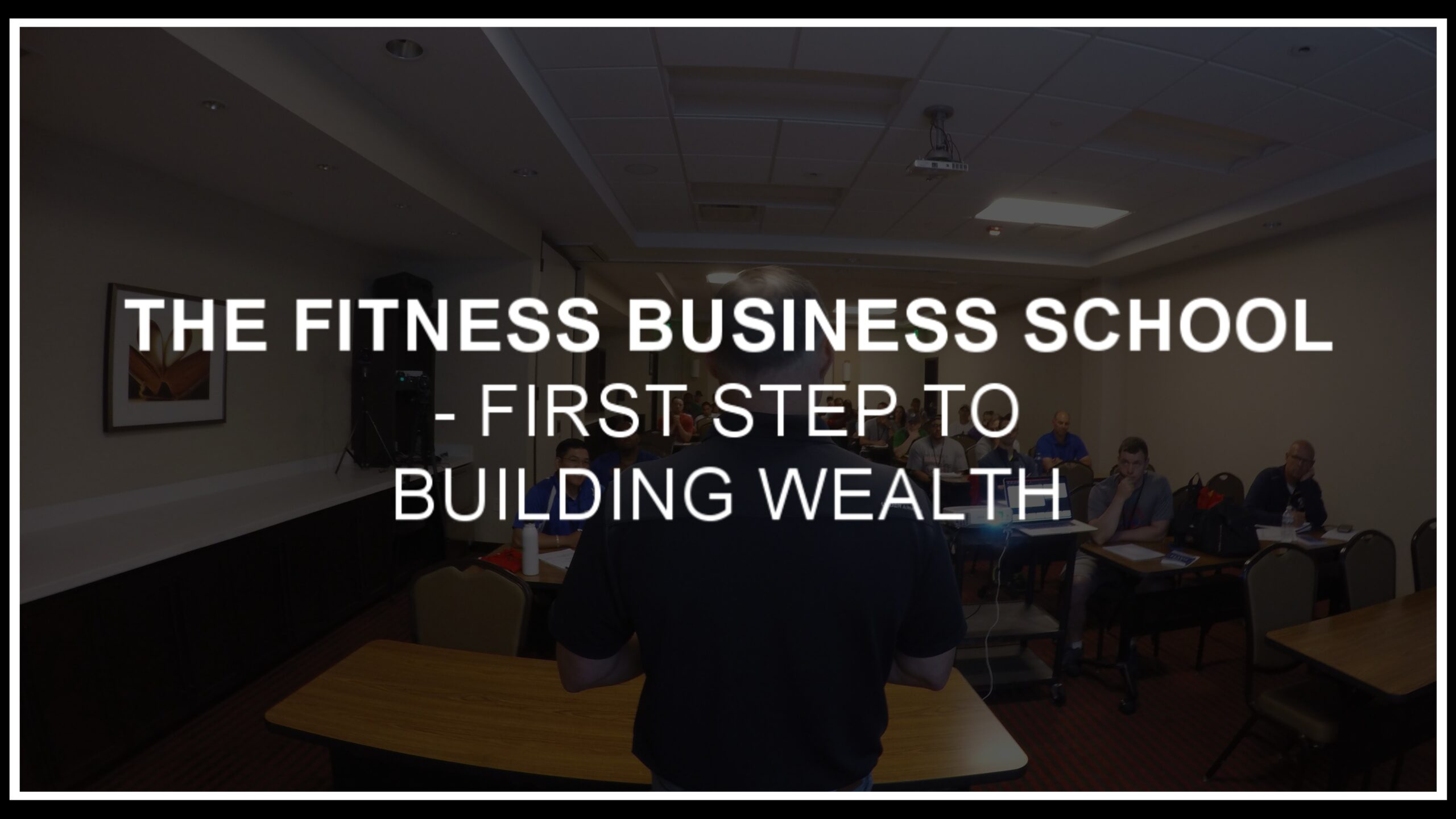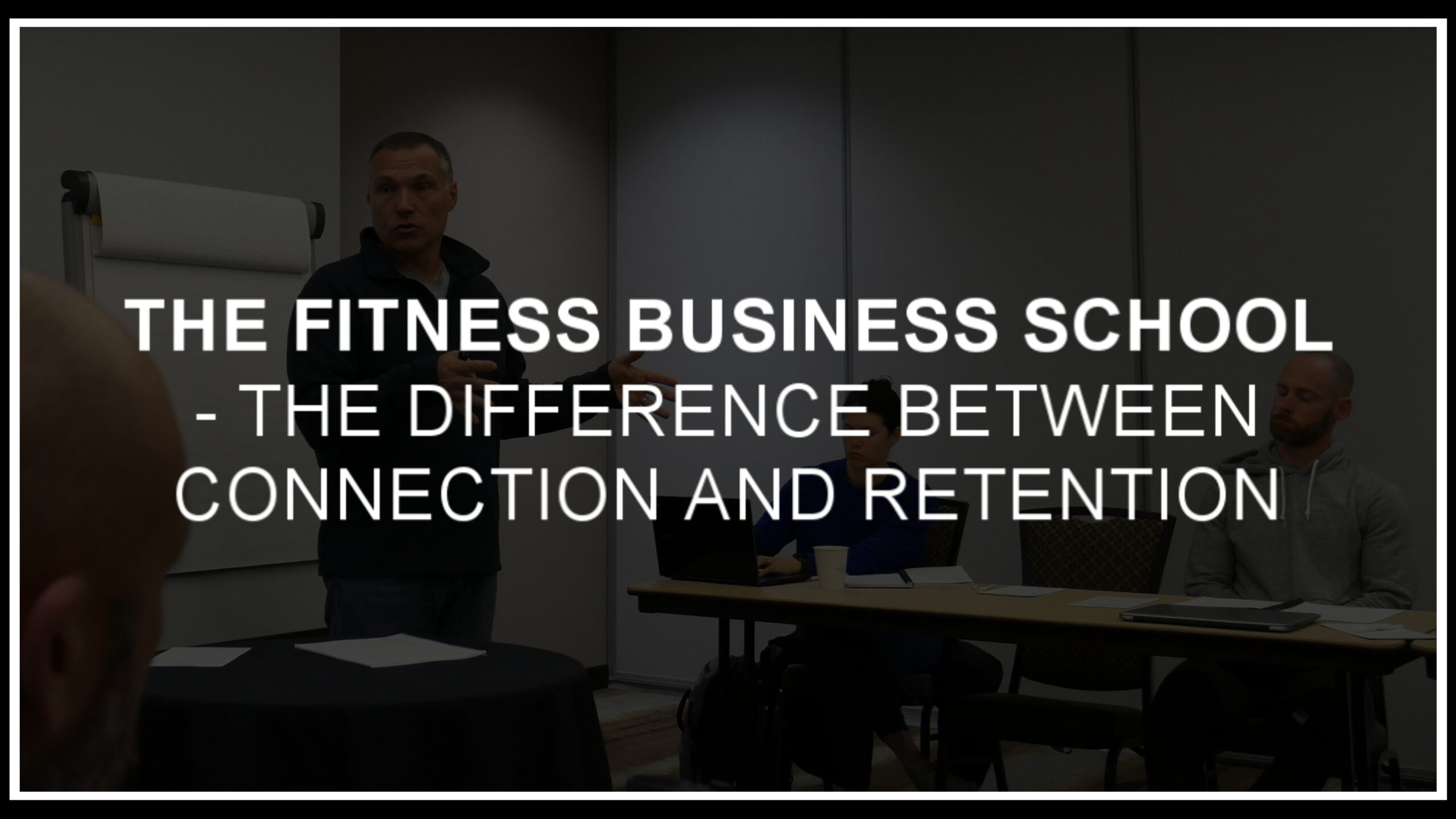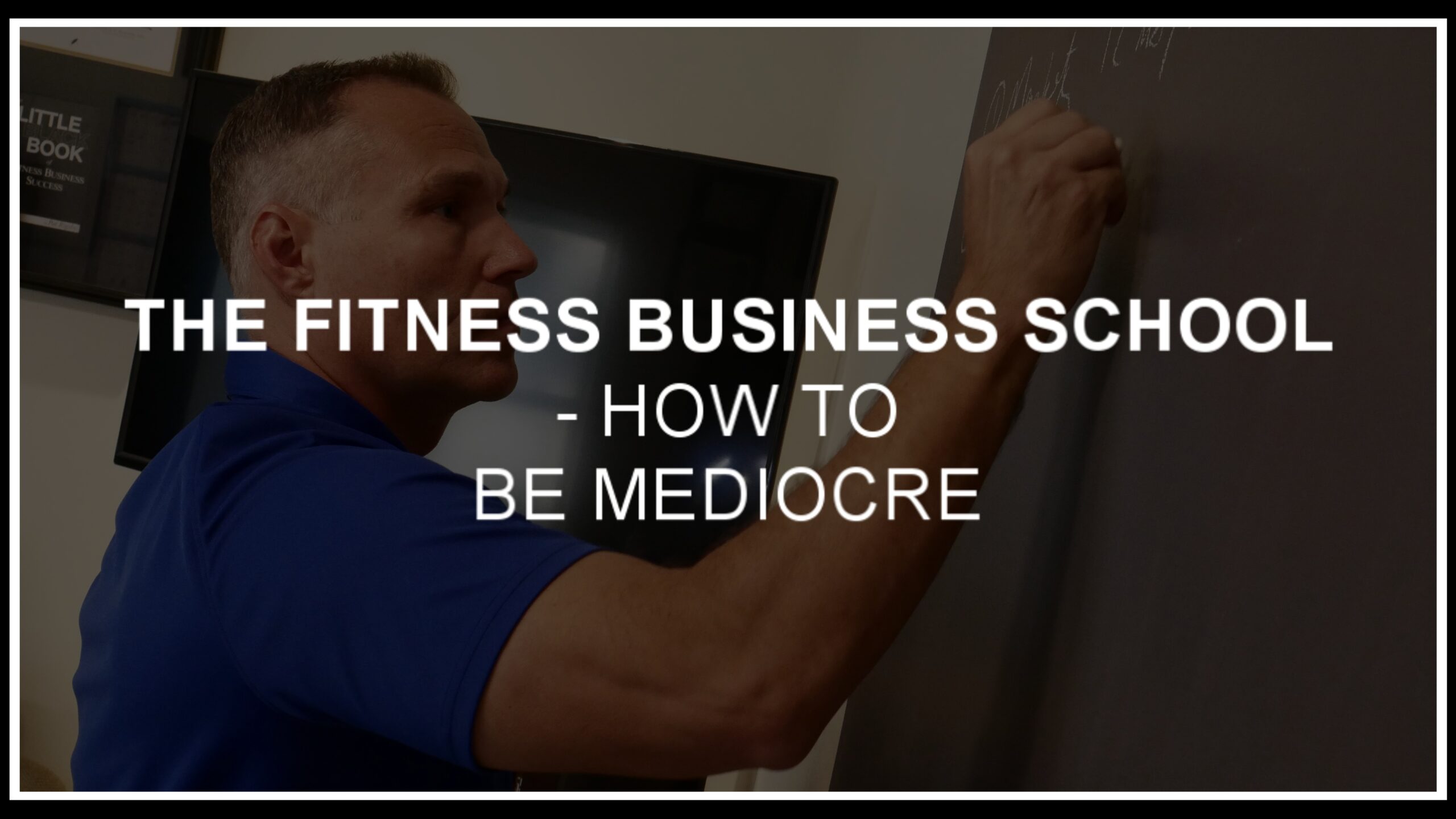Show Notes
- The first fix for Pat was a baseball facility that was losing 70K annually
- First, look for strengths
- Over-delivering is never a bad place to begin
- 70 new clients were brought in the month with an FEO
- Turned 40 of them into ongoing clients
- Next, he started a reactivation campaign
- Launched a new program to his existing list
- Got a press release published
- Was able to dig out of the hole by the end of summer
- Stay focused – you don’t need money and experience to succeed
- A strong “why?” will get you there
P.S. – 6-Weeks of Coaching…Free.
Get a surge of new clients and revenue over the next 6 Weeks with ZERO FEE and no obligation to continue?
If you’re a current business owner who wants to add 50K or more in annual revenue over the next 12 month, you can Test Drive our coaching program for 6 Weeks with no fee or even an obligation to continue as a way to demonstrate how we can help you grow your business.
No strings attached. No obligation. You get our best coaching & tools…and hopefully, you’ll love it enough that you want to keep working together.
Would you be interested in discussing?
If so, email me here with ‘interested’ in subject line and we’ll set up a chat.
Full Transcript
Hey, Pat Rigsby here. And in this episode, I want to talk with you about my first business fix, the first time I ever had to actually turn a business around or fix a business. I’ve got a lot to unpack, this really brings back some good memories. So let’s get to it.
Welcome to The Fitness Business School podcast – the show for fitness business owners who want to grow their income, increase their impact and improve their lifestyle. Be sure to listen til the end of this episode, because we have a brand new special offer exclusive for listeners. So stay tuned.
So I’ve never done a podcast episode or an interview about this before, but it just seemed like something that that would be useful to talk about an and a lot of fun. So back in 2002, so obviously a long time ago I’d left my job being a college baseball coach, strength coach teaching in a university. And I wasn’t sure what was next. I was presented with a few opportunities to stay in baseball at the collegiate and professional level. And then I was offered an opportunity in like medical sales too. But, but honestly, I kind of felt like I wanted to be in business. I wanted to have a little more control over my own professional destiny, if you will, maybe another way of putting it is I wasn’t sure I was a great employee. Really I wanted a business in baseball or sports performance or something that, that I was comfortable with. Something that I knew and, you know, almost like magic somebody that I knew that I knew as my time as a college baseball coach called me up, there was this opportunity.
There was a baseball facility, a couple hours away that I was already familiar with and they were looking for a general manager. They, it was in a good market that I knew pretty well. I had good connections because I had recruited there a lot. And they even had a partnership with the Cincinnati reds and their Mo like local, minor league affiliated at the time the facility was great. The director of instruction was the guy who had called me and I, and we were probably kind of professional friends or, or acquaintances that, you know, we had talked a number of times and, you know, so that was all good. It was, there was definitely upside, but the bad news was, well, the business was really good through the peak season. As a lot of sports performance businesses are, it had lost $70,000 the previous summer because players were out playing games and the was pretty empty. The guys doing some of the instruction weren’t really driving any traffic and because they were out coaching summer teams and it was a big building and there was a lot of monthly overhead.
You know, it was an expensive place to operate. So my task was really to come in and stop the bleeding because I was taking this job on April 1st. So summer was coming you know, and I, I just, you know, with no business background at all I, I just kinda took inventory of the assets. We had the strengths, kind of the same stuff I did when I was a college baseball coach. It was like, okay, what are we good at? What are we potentially good at? What are our strengths? And you know, I looked at the strengths or assets. We had like relationships with local rec leagues to our database of past clients or camp attendees. And then it was a sprint. You know, I had to go hustle because the clock was ticking. So, so I went out to a local little league and arranged a one hour hitting clinic with each of the teams. And to be honest, I, I tried to over deliver. It was a 90 minute. Like I, I allocated 90 minutes. So they’d feel like I went over and above. There were 26 different teams and they paid me a hundred dollars per team, which, you know, bringing in $2,600 was awesome for the business, but it was also a bargain considering you know, each team had probably a dozen players or so, right. So we’re talking eight bucks a kid. And during each of these 26 clinics, which I personally did, I offered the players a choice of two different packages of lessons. Now from those 26 clinics, I got over 70 new, new athletes into, into our private instruction program, which mean, if you run any sort of group, group based facility or any facility that has capacity to scale, you realize how much impact getting 70 new people in the door, paying you each and every month makes.
And what was cool is in hindsight, I mean, that was an FPO, right? It was a front end offer that I put together this hundred dollar, you know, short group clinic because it got people in, it allowed me to display my expertise or my experience allowed me to help some people build a relationship. And, you know, I, it, it just was an easy way to, to, to get a start. If you will. Then I went to a dozen different local leagues and four different kind of local YMCAs in the area and offered to do four to five day camps for the groups and split the proceeds with whoever you know, whoever I was going to do this with. So of the 16 that I organizations, I went out to 12 leagues for YMCAs, seven of them took me up on it. So now I had five different leagues where we were going to run a camp that lasted for the bulk of a week. And I have two different YMCAs, and each of them were marketing on my behalf. You know, they were marketing out to their databases, their audience. So I didn’t have to spend money on mailers. I didn’t have to, you know, go try to figure out how to do paid advertising. You know, I leveraged other people’s audience and just did a rev share.
And so between those seven camps, five leagues, two YMCAs, we had over 500 kids. So again, we got kind of this paying front end offer a week long FTO, but out of those 500, we got about 40 of them in, for ongoing instruction. So, so between these two initiatives, we had over 110 people come in and essentially become training clients. Now it was a, a skill-based service for the most part at that point you know, pitching instruction or hitting instruction, not strength and conditioning stuff, but, but yeah, I mean, getting people in for that w I mean, it was, it was amazing. And then I launched what I now know to call a reactivation campaign, which at the time I kind of just said, Hey, I’m going to go try to get as many former clients back in the facility as possible. And about one out of every three that I called came in for at least a couple of lessons during the summer. Now, these were not at the time. Let me throw out a, a little disclaimer at the time, this was not a recurring revenue thing. This was, you’re buying things by the session. And at the end of the session, we’re signing you up for the next session, or you can buy a package.
So you know, there, there wasn’t that kind of confidence and security we get with a subscription, but it was still people coming in the door and it’s always a lot easier to keep them than to get them in, in the first place. So after that, I sent a few press releases the local papers trying to get them to do a story on kind of me coming into the facility. One got picked up that resulted in some more business. Then I launched their first strength and conditioning program and use that as an excuse to really reach out to everybody in the database that I, I think at the time, I just reached out to everybody who was over the age of 12 at the time. And then I even did like a closeout sale on a bunch of retail stuff that we had that had just been sitting there in the team shop. So I, you know, there was kind of this all hands on deck approach, and it was all really in this quest not to come out of the summer losing $70,000. So when September rolled around you know, looked up and we had actually been profitable during the summer, not by a lot by like a little over a thousand dollars.
But knowing the, you know, just the seasonality is sports performance stuff and the whole, the, that we started in each and every month with you know, the, the, the rent, the, the, the utilities, all that stuff, man. It was a big swing for certain. Now the owners at that point were giving me a little small stake to, to stay on board with an opportunity to kind of earn more equity. And I be honest, I was enjoying it. I was making a little bit more money than I’d ever made as college coach. I enjoyed the, the area. I don’t know how long I would have stayed because I kind of felt like an owner and had a little bit of that. I think a sense of ownership because they, they did respect that. And and it was a little different than a university setting because of that. But, you know, I mean, I still kind of had that internal tug of war with the desire to just have my own thing. So soon after though, they got a really good offer on the building, but they owned the building and leased it to the business. So they sold the building, closed the business. You know, we looked at a few options to move elsewhere. And I had a couple of other options where people had been involved with what we did as clients wanting to invest to, to bring me and some people over. And I just walked away saying, Hey, I’m going to pursue my own you know, own business, not just a small stake in somebody else’s business. So maybe more importantly, what I walked away with was knowing that, and if you get focused, you can do some really big things in a short period of time and you don’t need, you know, a big advertising budget to do it.
You don’t need a ton of experience to do it because I certainly didn’t have either of those things. You know, a lot of it’s just a strong why and the focus to go execute. You know, you can take a struggling business to success. You can generate business in any number of ways if you’re hungry. I mean, I went out and reached out to these leagues and YMCAs with zero experience as to how to set up a strategic Alliance. I don’t know that I’d ever heard the phrase strategic Alliance at that point in my life, but I knew that they had people and they had contacted those people. So it, it was a direct path to, to expand our reach. And, you know, you can, if you do this, if you take this mentality, you know, not to get you know, too deep into it, but it can shift the direction of a lot of things in your life. I know it did for me. It gave me some confidence that, Hey, you know what, this business thing, isn’t a pipe dream. I actually can do this because I had doubts. I, you know, I’d been a, a, an employee, a college coach all my adult life I had.
So when I moved on, you know, I didn’t have confidence with money. I didn’t have experience with business. I had, you know, all sorts of doubts as to whether or not I could do it. And this really changed my mentality. And it gave me some confidence when other times in my life came up, that big shifts were necessary. They, you know, and they’re always a little bit scary, but you know, the, the more you experience it, the more confidence you have when the next one comes up. So, you know, thanks for humoring me, as I shared this story you know, certainly brought back some fond memories to me for me, but hopefully it also gave you a little bit of confidence and maybe even a few ideas as to how you can fix a business that may not be performing in the way that you want. And you know, that, that belief that you don’t need to be a world-class marketer or a heavily experienced salesperson, or some sort of business expert, so to speak, to do it, you just have to be willing to kind of put your head down and have focus and go execute.
Thanks for listening to this episode of The Fitness Business School. Before you go, I have a quick announcement. When I first connect with a fitness business owners, they almost always asked me, how can I get more clients or make more money? Well, I have an exclusive offer for you, and it’s gonna help you do just that. As a listener of this show, you can test drive our business growth accelerator coaching program for FREE.
BGA is a one of a kind program where you get done-for-you marketing tools and a level of coaching that is unmatched in our industry to help you attract more qualified prospects and convert them into paying clients, ultimately making you more revenue and personal income.
Imagine having every tool template ads, script you need all proven to convert in, ready to use. Plus you have access to over 10 weekly live video coaching sessions to help you with everything from dialing in your ads, to mastering your mindset. You get all of this and more when you joined BGA and to help you succeed, I’m going to do something I’ve never done before. I’m going to let you test drive BGA at zero cost.
If it delivers for you in the way that I expect – it more than it pays for itself, and you’ll probably want to stay. If not, you’re out nothing and have a library of proven tools and resources to keep.
To take advantage of this special offer. Just email me [email protected] and put test drive in the subject line, and I’ll get you all the details.



